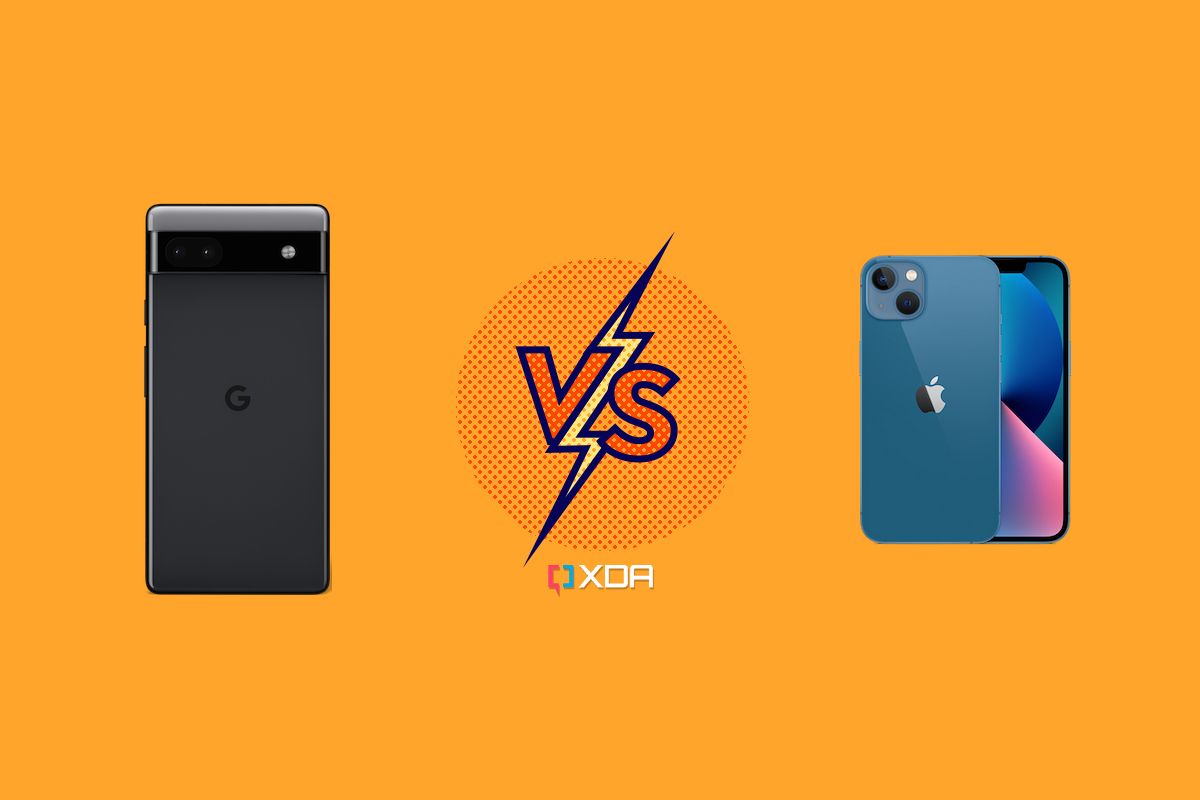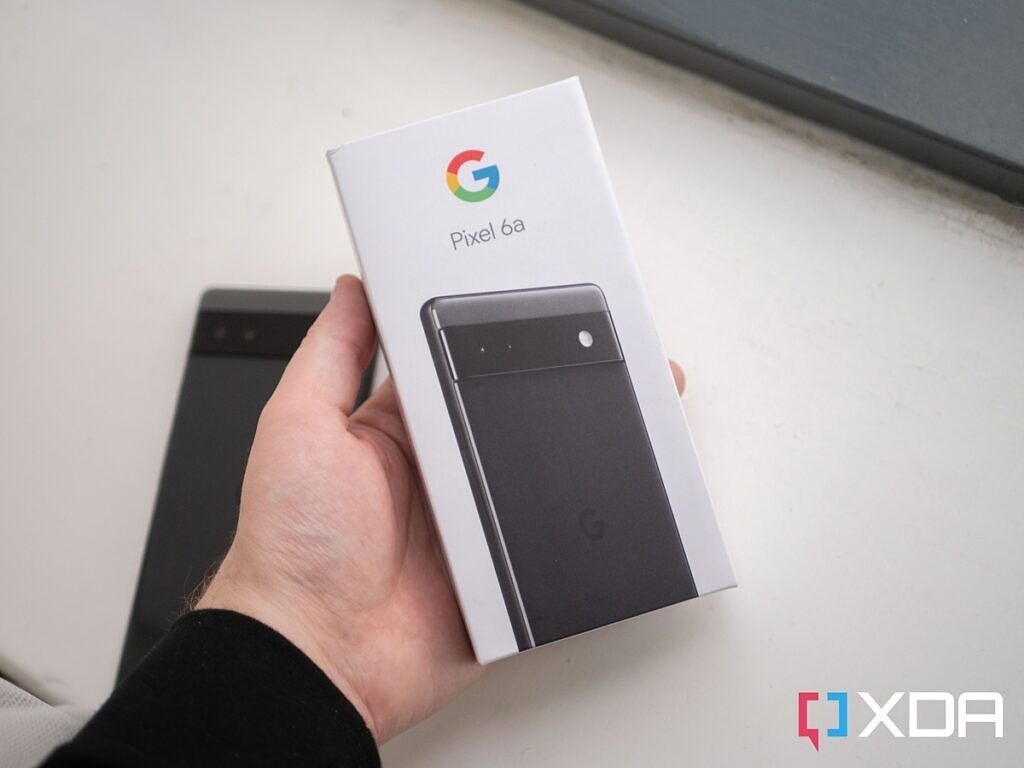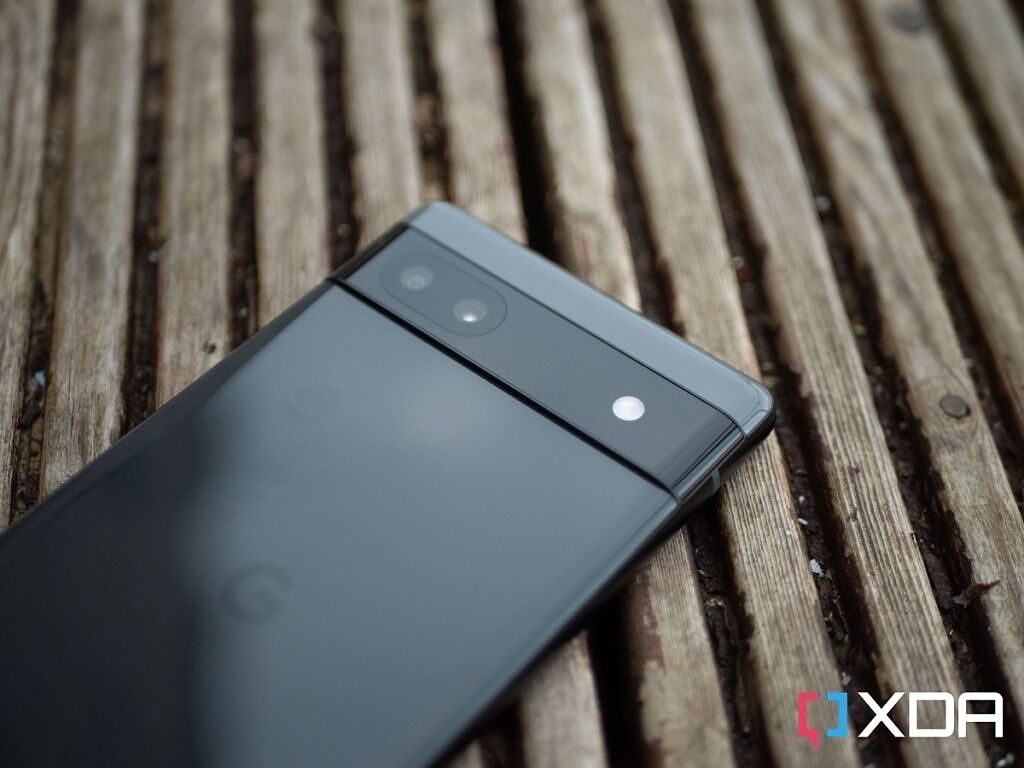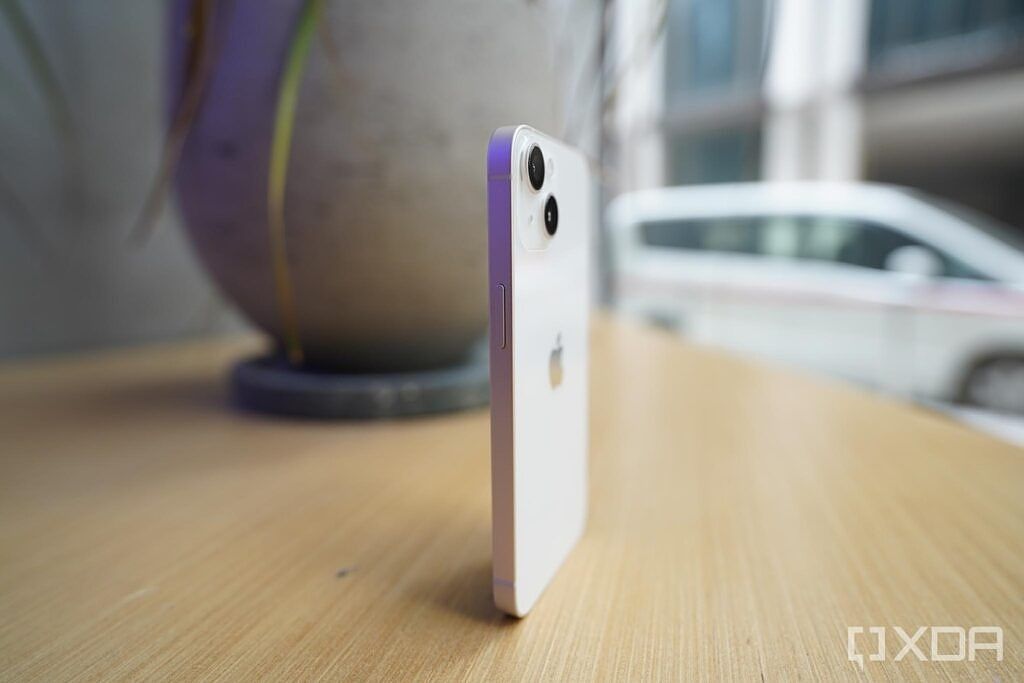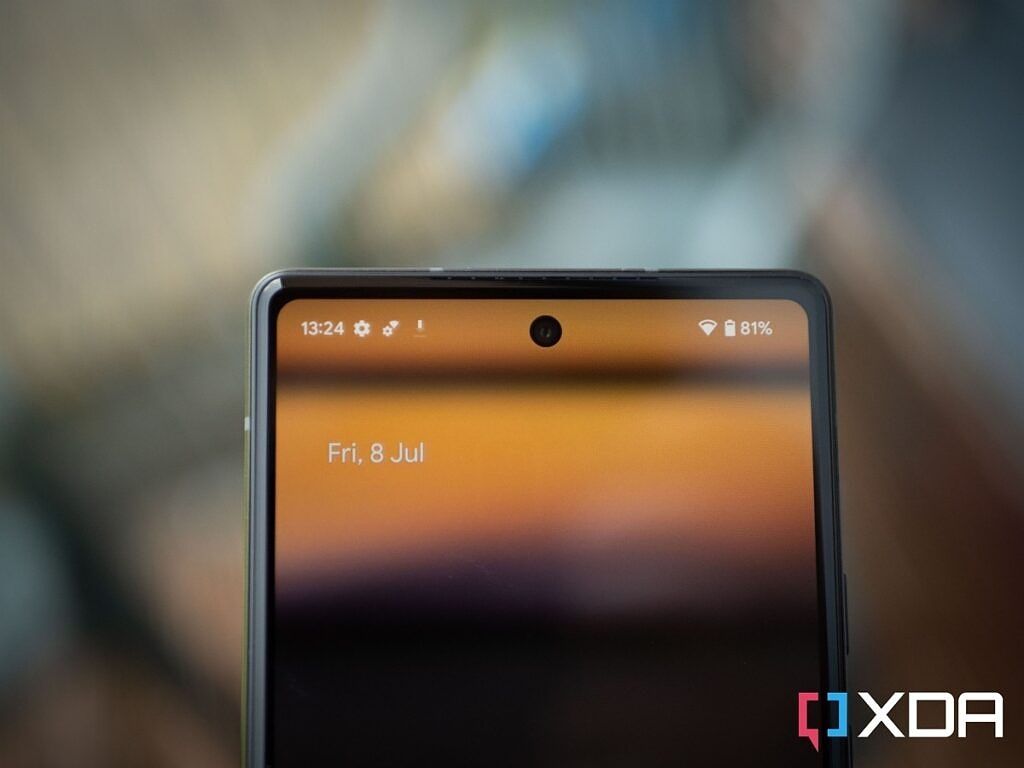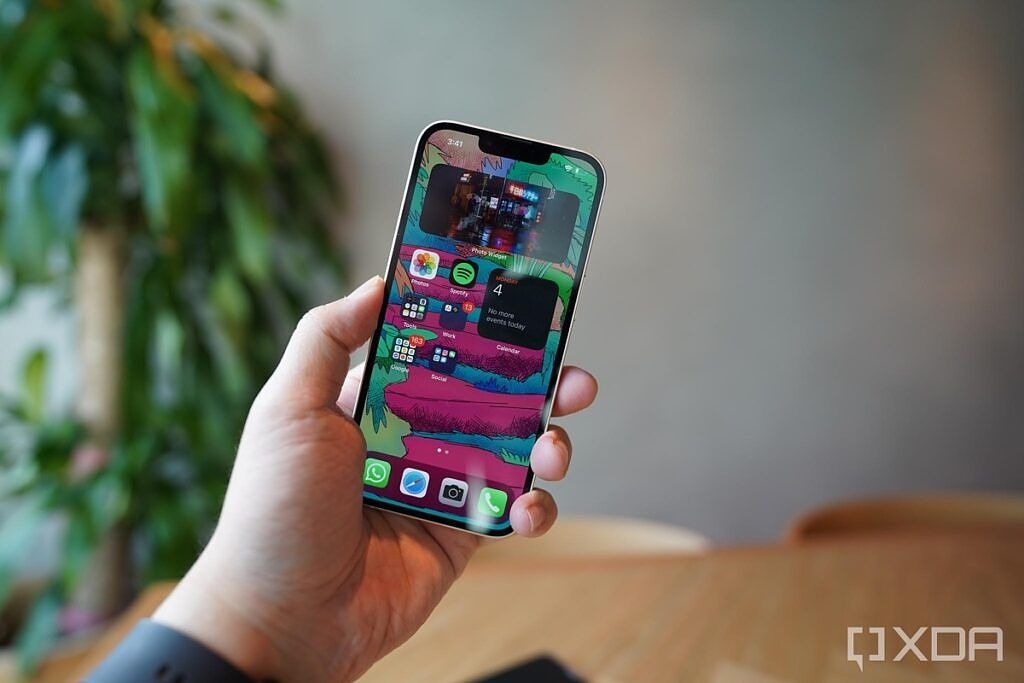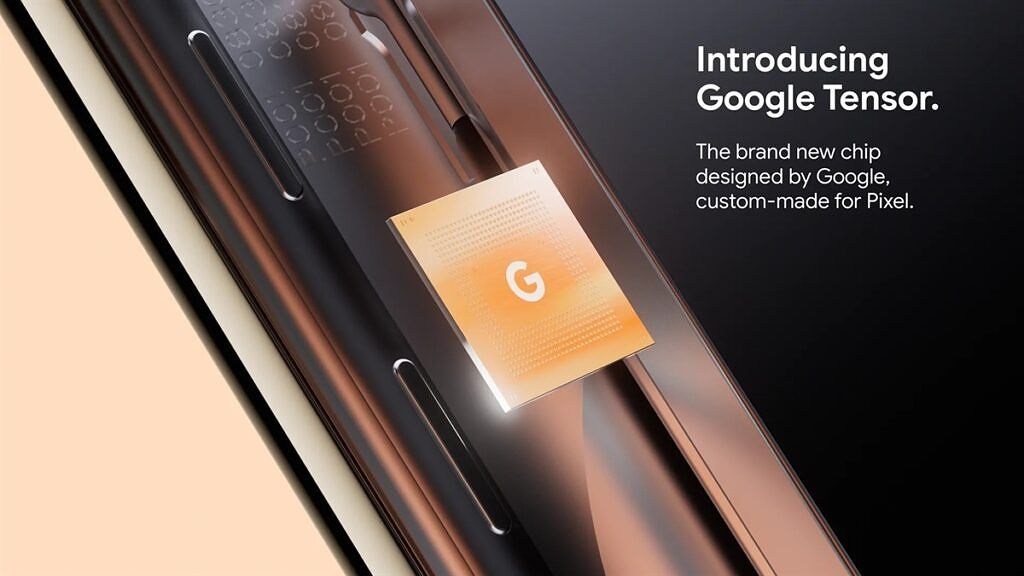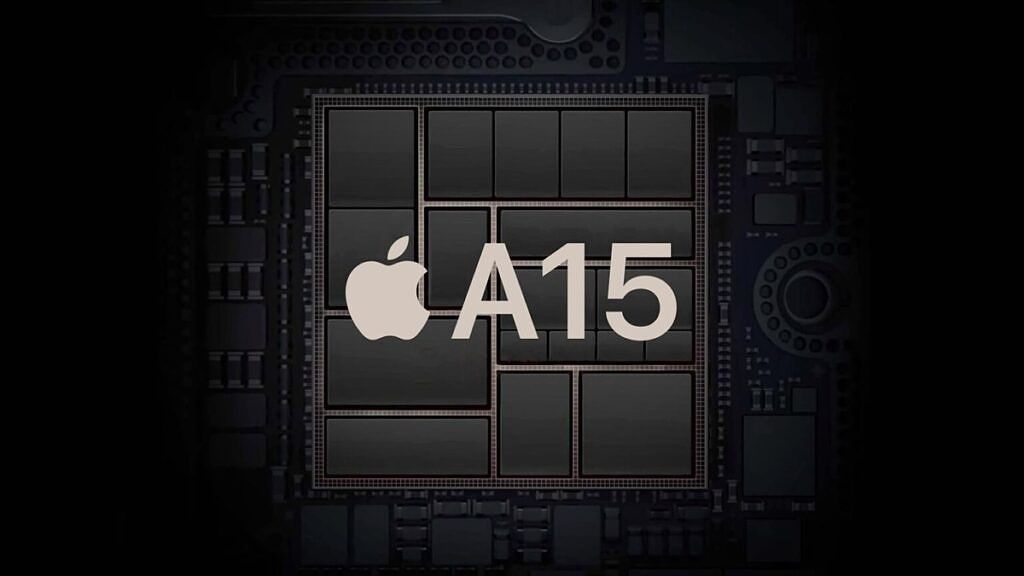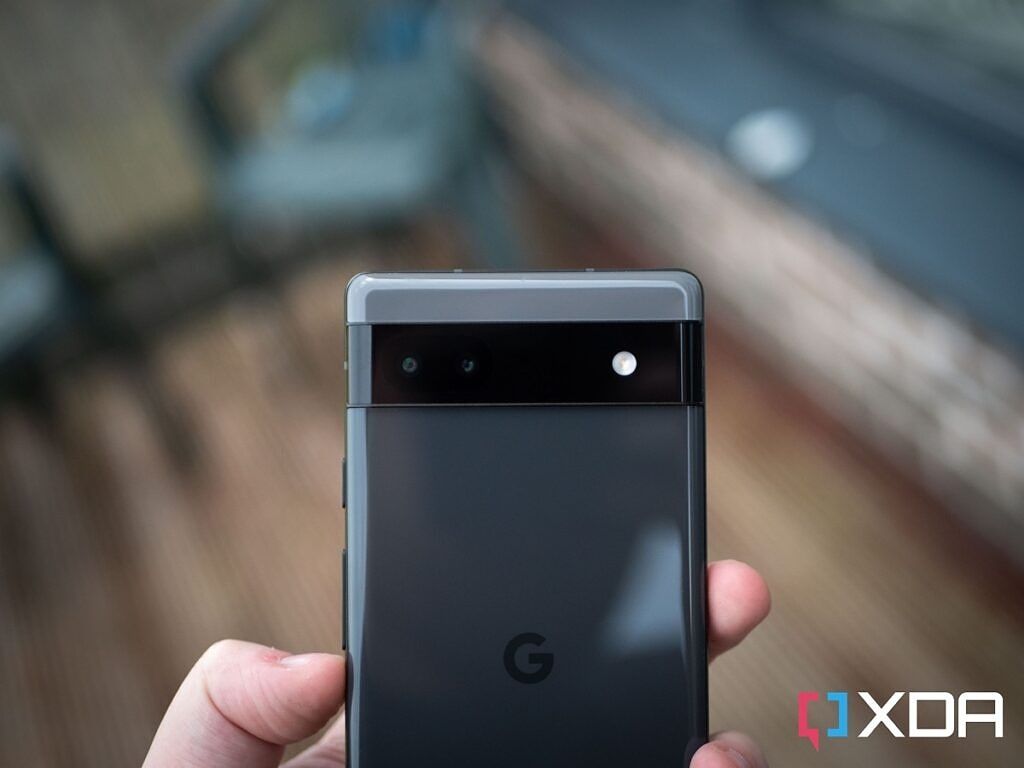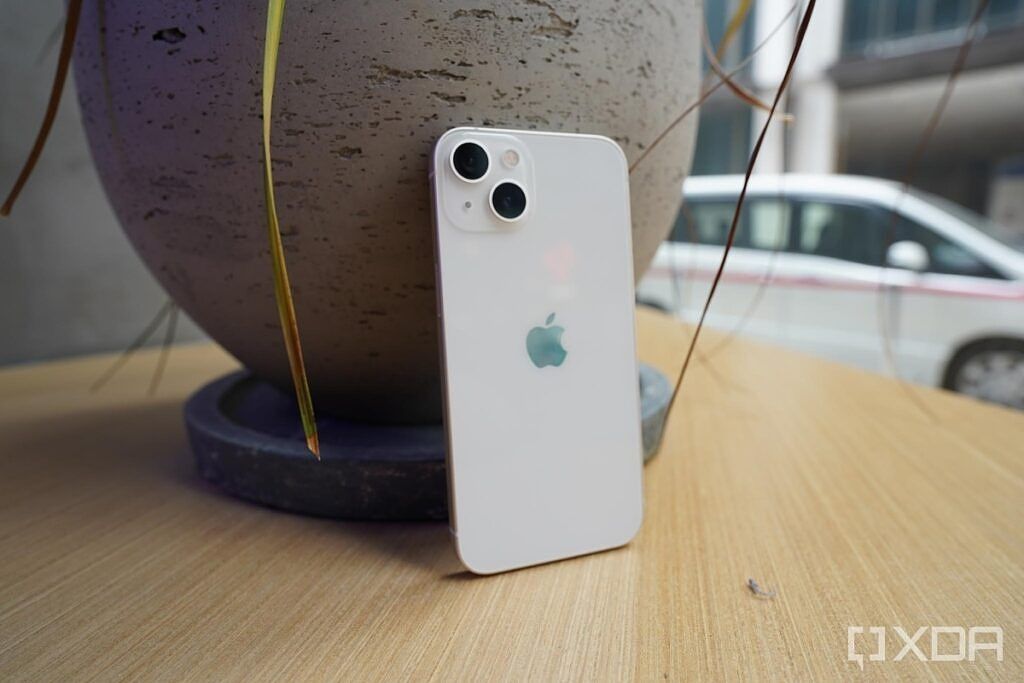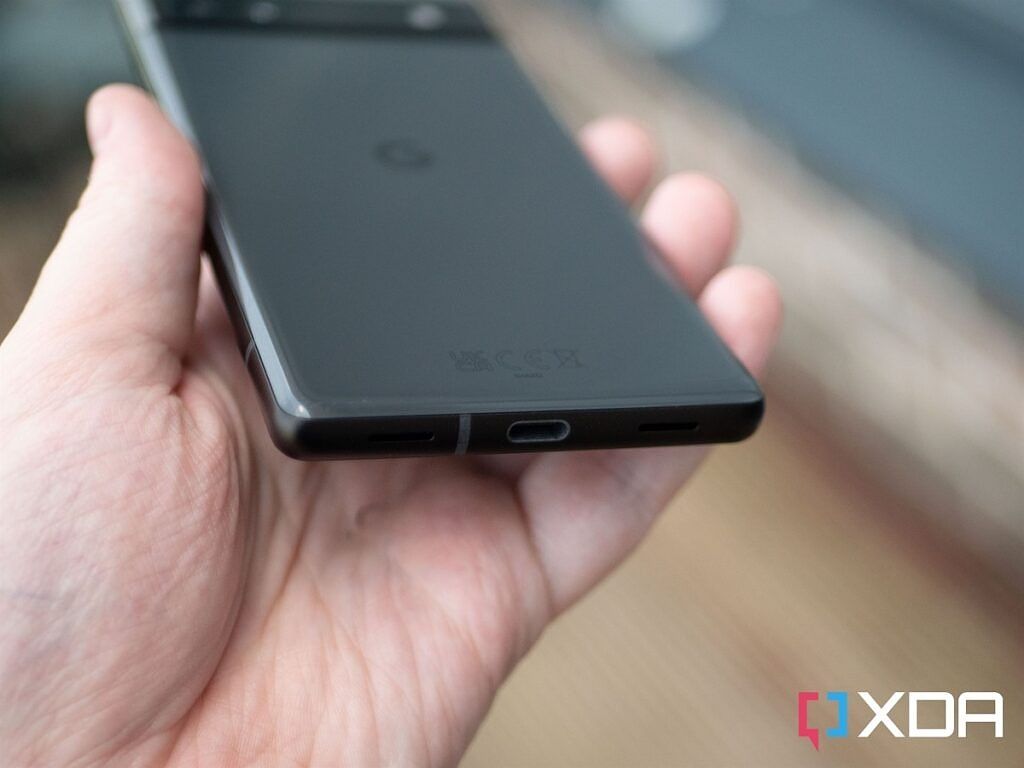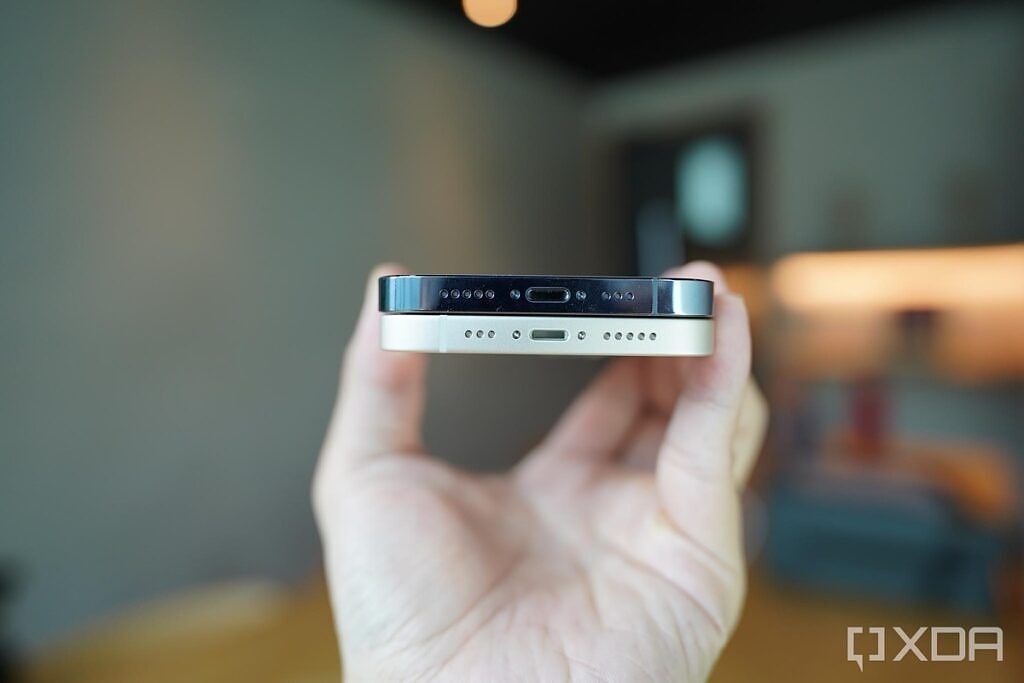Quick Links
Google revealed the Pixel 6a during its I/O 2022 conference. It's a solid middle-range phone for those on a budget, seeking the pure Google experience. If you buy a Pixel 6a, don't forget to grab a case for it — as it's better to be safe than sorry. In the 6-inch smartphone department, we also have the Apple iPhone 13. These two devices are very different. After all, one belongs in the mid-range category, while the other is in the high-end one. Additionally, one runs the flexible Android OS, while its rival comes with the more restricted iOS. This is the Google Pixel 6a vs Apple iPhone 13 — the battle between two 6-inch smartphones.
Google Pixel 6a (2022) vs Apple iPhone 13 (2021): Specifications
|
Google Pixel 6a |
Apple iPhone 13 |
|
|---|---|---|
|
Processor |
|
|
|
Body |
|
|
|
Display |
|
|
|
Cameras |
|
|
|
Memory |
|
|
|
Battery |
|
|
|
Connectivity |
|
|
|
Water Resistance |
|
|
|
Security |
|
|
|
OS |
|
|
|
Colors |
|
|
|
Material |
|
|
|
Price |
|
|
Design: Apple's iPhone 13 is quite the model
One of the important aspects to consider before committing to a new smartphone is its design and build. Buying a fragile or ugly-looking piece of tech isn't always the smartest idea. We acknowledge that design is a subjective matter — for the most part — but we can still make objective observations. For starters, the Pixel 6a has a plastic back, while the iPhone 13 goes for a higher-end glass one. Additionally, the former is available in three colors only, while the latter goes for six! So the build materials of the iPhone 13 are more premium than those of the Pixel 6a, and Apple's smartphone offers more finishes to choose from.
Moving on, both the Pixel 6a and iPhone 13 offer a dual rear camera system — with the lens arrangements varying on each of the two devices. Which of the two camera system look better depends on your taste. Personally, I'm not the biggest fan of the horizontal strip on the back of Google's smartphone. Notably, the iPhone is also slightly thinner than the Pixel phone. So for the sake of build quality and color variety, Apple's iPhone 13 wins over Google's Pixel 6a in this round.
Display: Choose an anomaly — hole or notch?
We've reached the hole vs notch era where each company tries to achieve thinner bezels by further massacring the display's design. Whether you prefer a hole or a notch in your screen is a personal matter. Both the Google Pixel 6a and iPhone 13 feature 6.1-inch OLED displays with thin bezels. Thanks to these edge-to-edge designs, you get a more immersive viewing experience when watching content on your mobile phone.
Interestingly, the iPhone 13 has a higher pixel resolution than that of the Pixel 6a. However, considering it's a somewhat slight difference, it likely won't impact the way you use or see your phone. Otherwise, both phone support HDR content and have refresh rates that peak at 60Hz. Ultimately, the biggest difference here is the type of screen cutout. If you'd rather have a hole-punch then the Pixel 6a is the one to go for. Otherwise, the iPhone 13 and its notch are the alternatives. Though, keep in mind that the notch on the iPhone houses the TrueDepth camera system — which enables Face ID for authentication. The Pixel 6a goes for a fingerprint scanner instead. So your security and biometrics preference might be relevant here, as well.
Performance: The A15 gets an A+
Performance can be a tricky department. Let's start with memories. The Pixel 6a has 2GB of extra RAM when compared to the iPhone 13. However, the iPhone offers more storage capacities that go up to 512GB and beat Google's 128GB. Additionally. Apple's phone runs iOS — which doesn't require resources as much as Android. So while the Pixel 6a has 6GB of RAM, it doesn't mean it's faster than the iPhone with 4GB of RAM. The OS and processor play important roles in determining which phone operates better.
Speaking of processors, the Pixel 6a packs Google's Tensor chip, while the iPhone 13 gets Apple's A15 Bionic chip. We've taken a look at benchmarks to determine which chipset is more powerful, and we have a clear winner. The A15 Bionic wins over Google Tensor in single- and multi-core tests. Additionally, it's more power-efficient than Google's processor. As a result, it has a higher overall score, and the iPhone 13 wins this round. If you're looking for a less-restrictive device, the Pixel 6a is the one to pick — as it runs the more customizable Android OS. The iPhone 13 is more fluid, but it runs iOS. Apple's mobile OS has become more adjustable with recent software updates, though. So it's not as bad as it used to be a few years ago.
Cameras: The Pixel 6a has a few tricks up its sleeve
The camera department has become a very important one to many undecided customers. We depend on these lenses to document our lives, immortalize memories, and spread them all over the digital globe. Fortunately, both the Pixel 6a and iPhone 13 have solid camera systems. Obviously, though, there are some key differences to point out.
In terms of specs, the rear cameras are a bit similar on both devices. Though, Google is quite the master when it comes to enhancing the output through software and AI. The Pixel 6a has some neat photography features are absent on the iPhone 13. These include Magic Eraser, Real Tone, Face Unblur, and more. The TrueDepth camera system on the iPhone 13 beats the front camera on the Pixel 6a, though. That's not to mention that the TrueDepth camera can 3D-map your face — enabling Face ID and special photography features — such as Portrait mode and its different lighting effects.
Battery: Pixel 6a — The Return of the Wire
With both phones having all-day battery lives, let's focus on charging ports and methods. The Pixel 6a has a USB Type-C port, while Apple resorts to the ancient and proprietary Lightning port. The former is more universally used, while the latter is arguably more durable and forgiving. If you have plenty of Apple devices, then you might already be using a Lightning cable. However, if you don't typically depend on this company's product, then you might be needing to carry an additional cable around if you opt for the iPhone 13.
More importantly, though, the Pixel 6a lacks Qi wireless charging. This means you can only charge it using wires — remember those? Meanwhile, the iPhone 13 supports both regular Qi and MagSafe wireless charging standards. The former limits you to just 7.5W, while the latter doubles that to 15W. So if you plan on using a wireless charging pad, definitely aim at MagSafe one — rather than a Qi pad. While wires have their own pros, the lack of Qi support as an optional charging method in 2022 is unacceptable. Even Apple's budget iPhone SE 3 supports this wireless charging standard. Being forced to depend on a wired connection is too limiting, especially for those who only keep a Qi wireless charging pad on their desks (as a universal charger for all of their devices).
Bottom Line: Your budget, ecosystem, and priorities are the best judge
So, which phone should you buy? Quite the dilemma, if you ask me. Though, really, it just depends on what you're looking for. If you're on a low budget, the iPhone 13 costs almost double the Pixel 6a, so go for the Google phone. If you're tied into Apple's ecosystem, buying an iPhone would make more sense. Assuming you don't care about the previous points, weigh the better photography of the Pixel 6a with the wireless charging capabilities of the iPhone 13. Ultimately, it all depends on your standards, needs, wallet, and expectations in this battle. The Pixel 6a and iPhone 13 are truly two very different phones.
Personally, I would go for the iPhone 13, as I mostly use Apple products. By buying the Google Pixel 6a, I would miss out on AirDrop support, continuity features, iCloud sync, etc. Had I not been tightly tied to the company's ecosystem, I would still buy the iPhone 13 for the same reasons I switched from a Google Nexus 5 to an iPhone 6S many years ago. Apple's phones last me longer, and their hardware is typically more durable. That's not to mention the longer years of software support and the operating system's better stability.
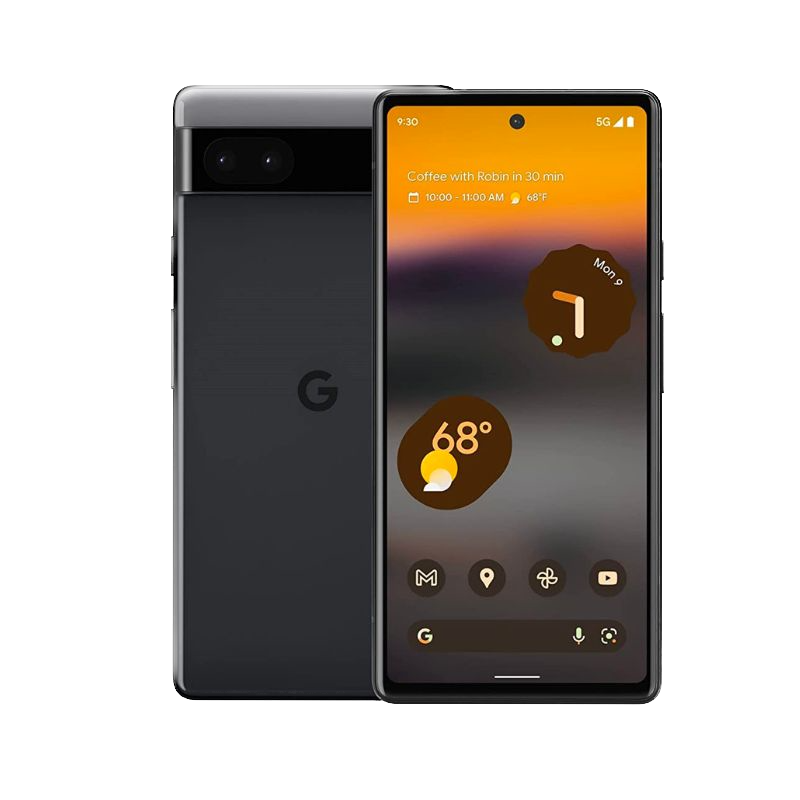
Google Pixel 6a
The Pixel 6a is a middle-range phone from Google. It packs the Tensor chip and runs Android 12.
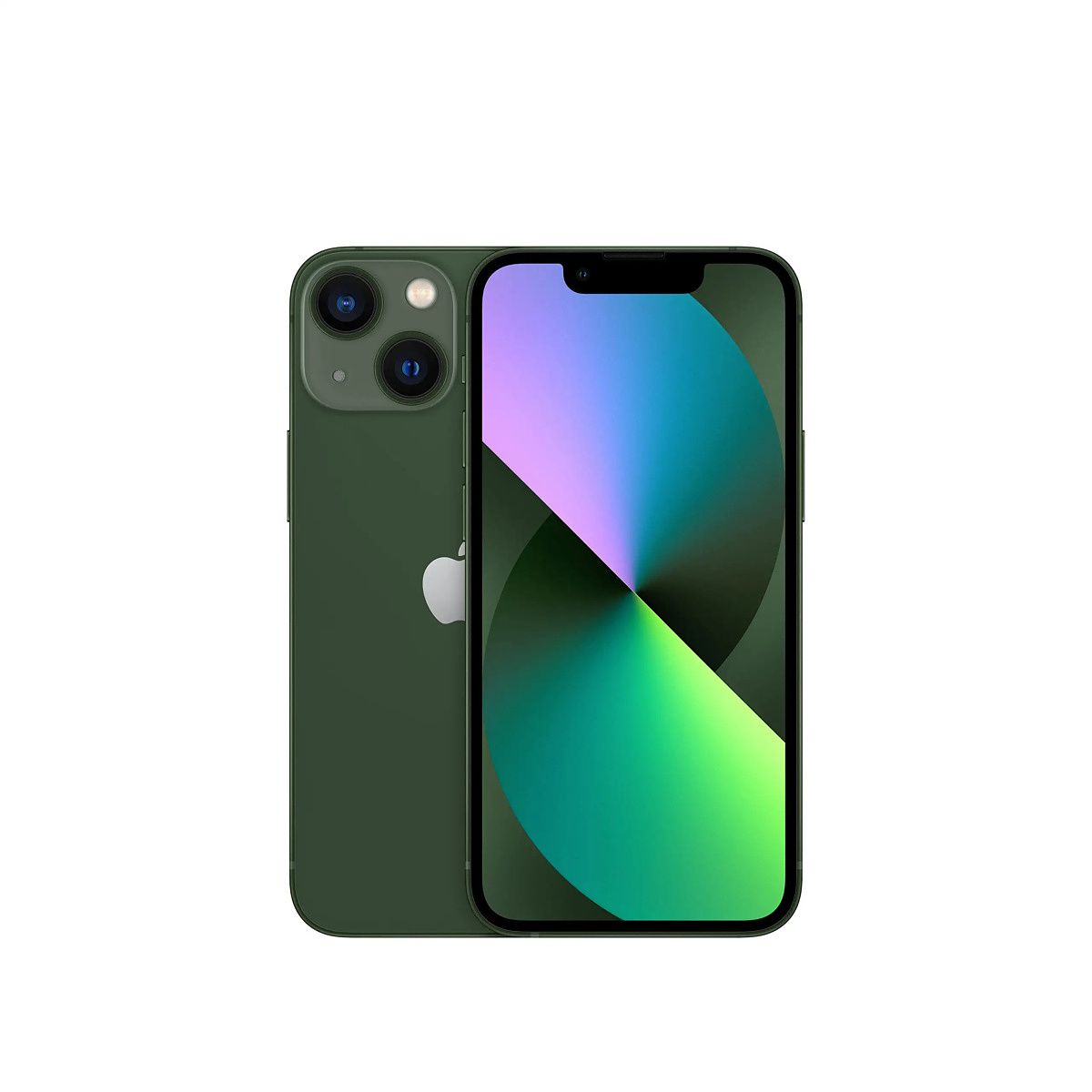
Apple iPhone 13
The iPhone 13 is a high-end phone from Apple. It packs the A15 Bionic chip and runs iOS 15.
Which of the two phones will you be buying, and why? Let us know in the comments section below.

